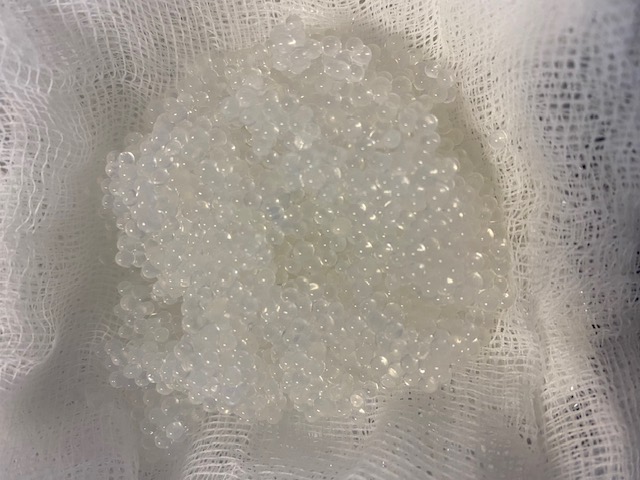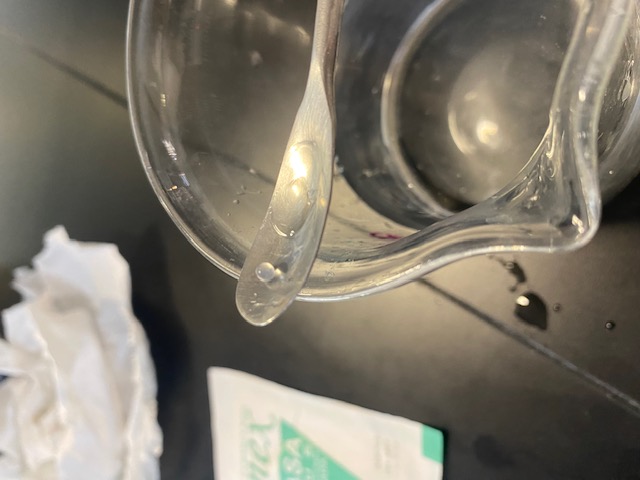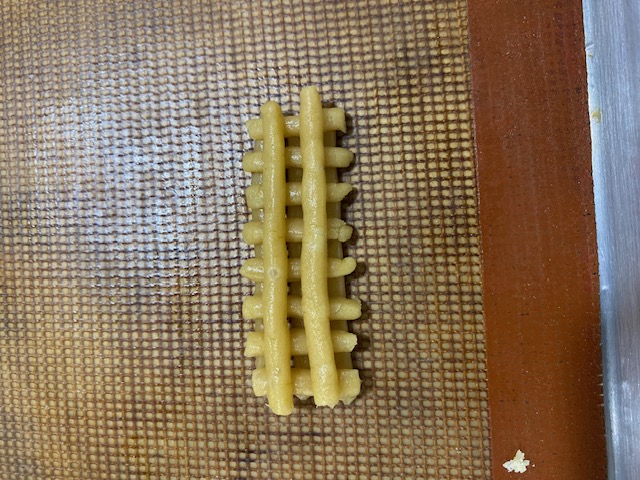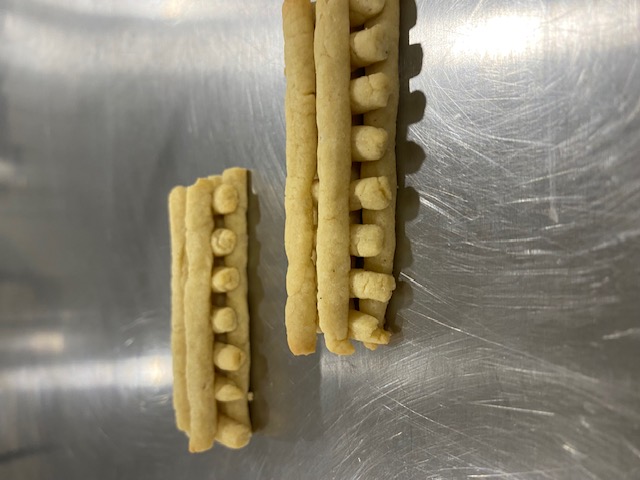Wildcard week
Functional food
The current lifestyle requires the best products to keep our health in perfect condition. That is why the design of functional foods has gained great interest in recent decades. A functional food is a food that, in addition to providing basic nutrients, such as proteins, carbohydrates, fats, vitamins and minerals, also offers additional health benefits beyond its basic nutritional properties. These additional benefits may include improving specific physiological functions, reducing the risk of chronic diseases, or promoting general well-being. Functional foods may contain bioactive ingredients, such as antioxidants, dietary fiber, omega-3 fatty acids, probiotics, prebiotics, postbiotc, phytochemicals, among others, which have been shown to have positive health effects when consumed regularly as part of a balanced diet.
Some common examples of functional foods include:
Dairy products: yogurth, cheese, etc.
Fiber-enriched cereals: They can help improve digestion and promote cardiovascular health by reducing blood cholesterol.
Fermented drinks: Kombucha, wine, ancestral beverages (pulque, poxol, tepache, tejuino, etc.)
There are different treatments or strategies to preserve or potentialize the properties of the compounds of interest or microorganisms. Encapsulation (micro and nano) is one of these strategies. The encapsulation of bioactive compounds or microorganisms consists of the use of polymeric matrices or membranes that allow the formed capsules to release in a controlled manner what is inside. They are also of great importance to take care of the properties of the products of interest since the matrices used can help ensure that temperature, light, pH or oxygen do not affect the properties of the material that is encapsulated.
This work describes the development of a vanilla-flavored cookie with encapsulated probiotics so that they withstand the baking time.
Stages of the process
Stage 1: Selection of the matrix to encapsulation and microorganisms
Stage 2: Project development
Stage 3: Result
1. Selection of the matrix to encapsulation and microorganisms
Encapsulation will be done using sodium alginate. The microorganisms used in this formulation will be. S. boulardii, L. acidophilus, L. casei, L. rhamnosus, L. plantarum, B. infantis. S. thermophilus.
2. Project development
Encapsulation
A 100 mL of 1 w/v% food grade sodium alginate solution is used. 5 g of probiotics mixture are added.
Product development
To make the cookie you need:
350g flour
75g sugar
1 medium egg
2 teaspoons vanilla extract
125 g unsalted butter at room temperature
xxx g alginate- microorganisms mixture
Cookies: Preheat the oven to 170º. Beat the butter with the sugar until creamy. Add the egg and continue beating. Add the vanilla and the sifted flour little by little. Mix with a few whisks and then with your hands until you obtain a dough that does not get stuck in your hands. Make a ball and separate it into two parts. Put the dough between two baking papers and smooth it with a rolling pin until it is approximately 0.5cm thick. Do the same with the other portion of dough. Leave it in the refrigerator for a minimum of 30 minutes, but we can even leave it overnight. Cut the cookies with the molds. Arrange on the baking tray with greaseproof paper. Bake for between 10 and 12 minutes, until the cookies begin to brown around the edges. Remove and let cool on a rack. With the remaining dough, repeat the process until you have finished the dough. Let them cool a little and before they cool.





Conclusion
This week was not so complex. Bysdiosis is a disease that consists of the disorder that exists in the microbiota of people, such as a decrease in the type and quantity of microorganisms present. Functional foods, specifically probiotics, are an important alternative in maintaining people's microbiota. This is why the design of this type of food is required. Maintaining a healthy microbiota is synonymous with having good health since its decrease is associated with diseases such as depression, obesity and hypertension. This is a simple recipe that allows you to incorporate MO into foods, protecting them from heat. The baking time for geometric cookies is half that required for a cookie with the same weight but with a traditional shape. With this I demonstrate that the design of the 3D geometry of foods can have a great impact on the development of functional foods. More studies are required to evaluate the properties of this cookie, but I hope to be able to do them with the cookies obtained by printer that I am doing as my final project.
